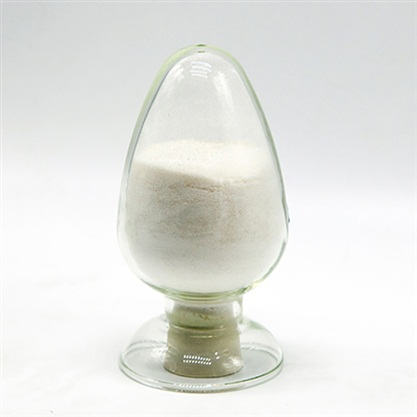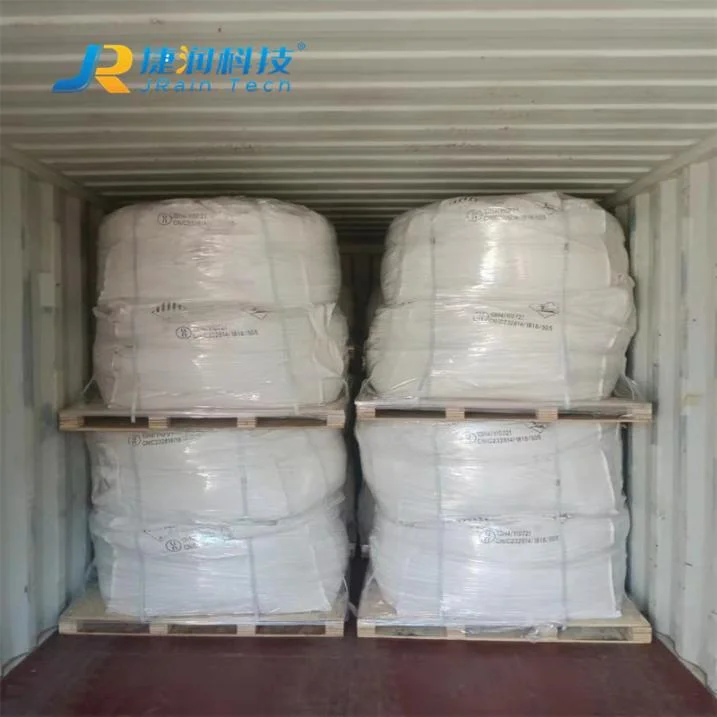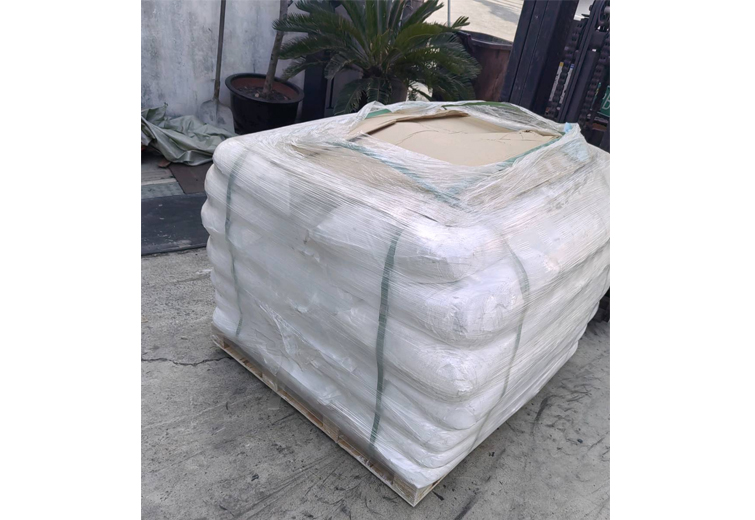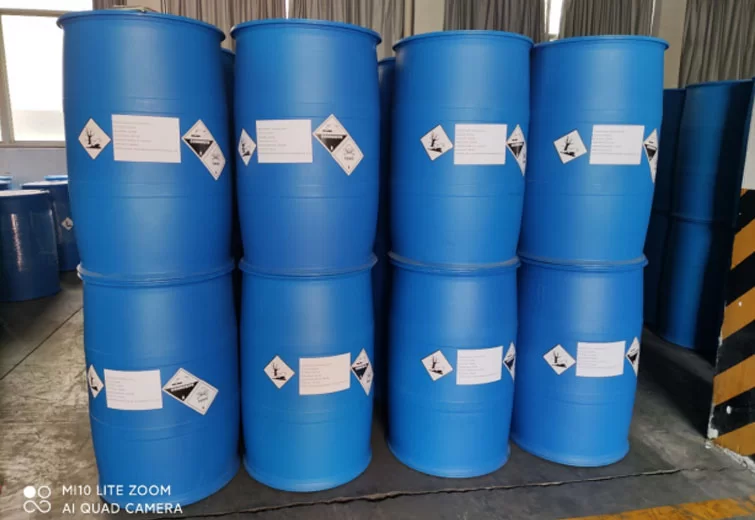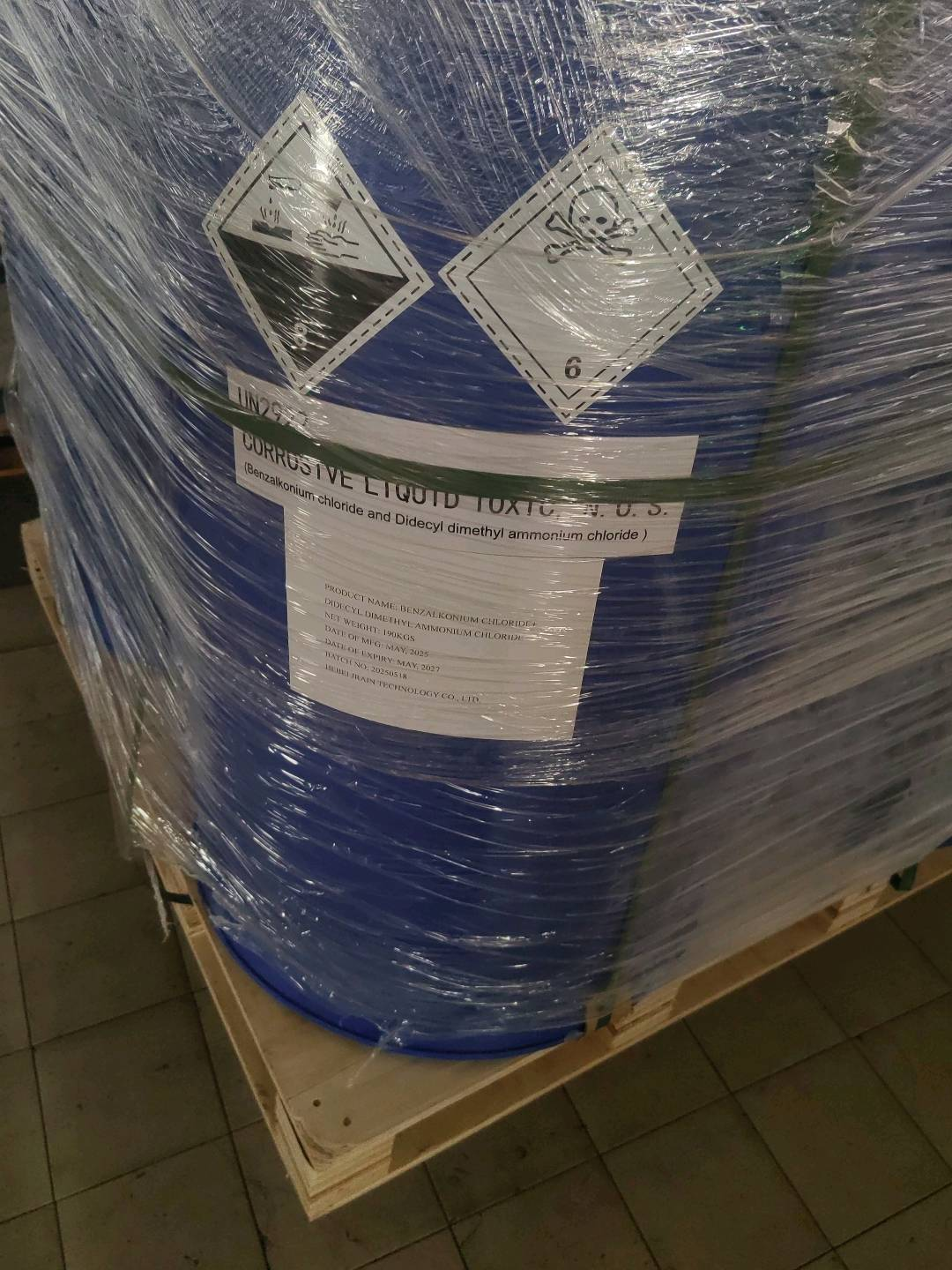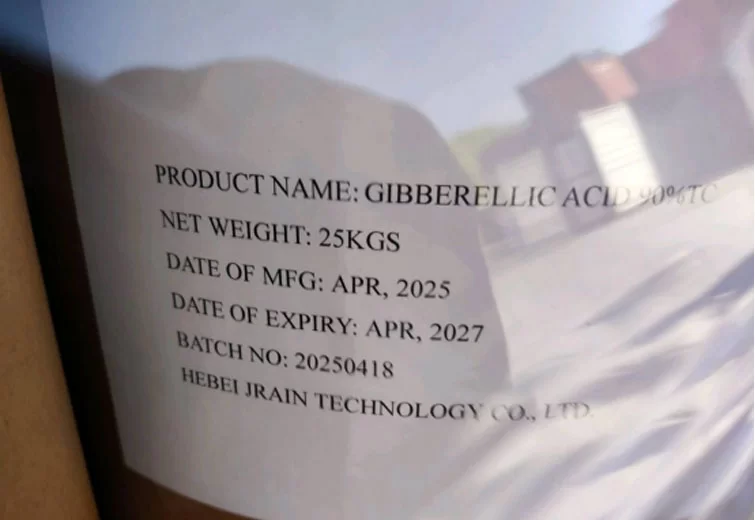![[object Object]](https://hbjrain.com/images/2025/07/20250717164456905.jpg)
1. Characteristic: This product is triazole and pyrimidine sulfonamide herbicides, by inhibiting the activity of acetolactate synthase (ALS), for the rice field with broad-spectrum herbicides
2. Applicable crops: Dry field of rice, Water live field, seedling and throwing seedlings, Transplanting cultivation field
3. Control objects: Barnyardgrass, annual sedge and a variety of broad-leaved grass.
4. Method of application: spray.
5.Note: Precisely control the dosage of the medicine to avoid causing harm to sensitive crops in the next season due to excessive dosage. Pay attention to the safety interval period for agricultural products and do not harvest or consume them during this period.
6. Customerized packing label
7. FAO standard
8. Professional registration, GLP, ICAMA, LOA etc.
Penoxsulam Customer Reviews
Penoxsulam FAQs
-
80%High PurityEnsure the reliability of each product.
-
58%Fast-Acting FormulaQuickly provide visible effects
-
What weeds does Penoxsulam target in rice fields?
What weeds does Penoxsulam target in rice fields?
Penoxsulam provides excellent control of sedges (Cyperus spp.), broadleaf weeds like Monochoria vaginalis, and certain grasses in both transplanted and direct-seeded rice systems. It is particularly effective against difficult-to-control weeds that have developed resistance to other herbicide groups.
-
How does Penoxsulam's systemic activity work?
How does Penoxsulam's systemic activity work?
As an ALS inhibitor (Group 2), Penoxsulam is absorbed by both roots and foliage, then translocated to meristematic tissues. It disrupts acetolactate synthase, preventing biosynthesis of branched-chain amino acids essential for weed growth, leading to growth cessation and eventual plant death.
-
Can Penoxsulam be used in dry-seeded rice systems?
Can Penoxsulam be used in dry-seeded rice systems?
While primarily designed for flooded rice, Penoxsulam can be used in dry-seeded systems with some efficacy reduction. Tank-mixing with contact herbicides like bentazone improves control in non-flooded conditions. Higher water volumes (500-600 L/ha) ensure better coverage in dry systems.
-
How does temperature affect Penoxsulam performance?
How does temperature affect Penoxsulam performance?
The herbicide works best at temperatures between 15-30°C. Cool conditions below 15°C slow weed metabolism and herbicide uptake, while temperatures above 35°C may increase the risk of crop injury, especially in young rice plants.
-
What safety measures are needed for Penoxsulam?
What safety measures are needed for Penoxsulam?
Avoid spray drift to adjacent broadleaf crops which may be sensitive. Follow the recommended pre-harvest interval (typically 60-80 days depending on formulation) to ensure residue levels comply with food safety standards. Protective equipment should be worn during mixing and application.

